
All categories
Featured selections
Trade Assurance
Buyer Central
Help Center
Get the app
Become a supplier

(243 products available)
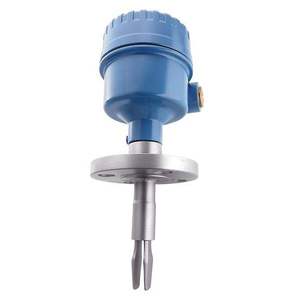


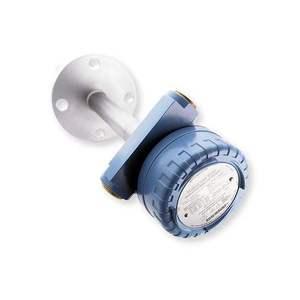




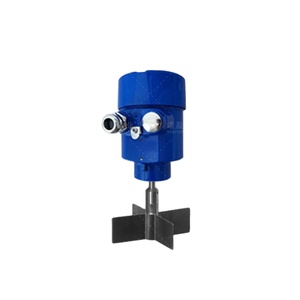
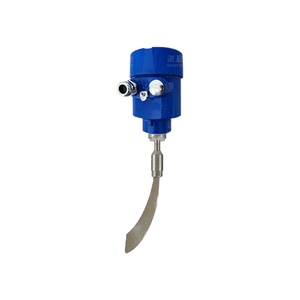
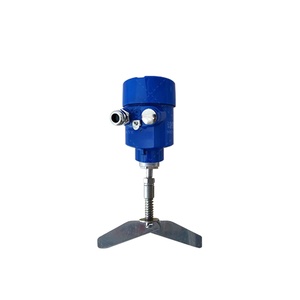



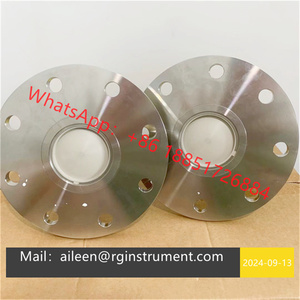



















Vibration level sensors are available in numerous types. Each of these is meant for different industrial requirements. Here are the most common types of Vega vibration level switches:
This device gives output signals based on the vibration level of materials. This helps in the precise measurement of material levels in silos or tanks. The sensors used in these devices are very sensitive and have minimal power consumption.
With a very simple structure, this switch has two main components. These are the vibrating fork and the piezocrystal. It works by sending out an ultrasonic wave, which is then reflected by the material. The time taken to reflect the wave is calculated to determine the level of the material.
This Vega switch detects the presence or absence of materials at specific points. It is mainly used in industries that need failure detection in hoppers or silos. They work by monitoring the vibration pattern of the forks.
When the material level changes, the vibration is dampened. This change is what triggers the switch and acts as an alert for material overflow or scarcity in storage areas.
This device is utilized to measure pore water pressure in soil and concrete. It offers real-time measurements and can be deployed in areas where other sensors can't reach.
The main component of a vibrating wire piezometer is a wire that is tensioned. An electromagnet excites the wire to vibrate at a certain frequency. When the wire is submerged in pore fluid and the fluid pressure changes, it causes the wire to bend and change its vibration frequency.
This instrument offers continuous monitoring of material levels by measuring the vibration characteristics of the material. By detecting changes in its amplitude, frequency, and phase, the material's current condition is understood.
It uses an accelerometer that converts mechanical vibrations into electrical signals. The accelerometer is mounted on the tank or silo. The signals are then processed and analyzed by the on-board circuitry. And this gives real-time data on the material level.
The Vega sensor is primarily used in industries where precise measurements of material levels are important. Thanks to their accuracy, reliability, and ability to work in harsh settings.
The chemical industry uses vibration sensors to track the levels of liquids and slurries in tanks and reactors. Often, these materials are corrosive or dangerous. What this means is that the sensors can handle extreme situations. This makes them really important for safe and efficient operations in the plants.
Forks are used to measure levels in silos, hoppers, and bins. Particularly, they work well with powdered or granulated materials. These sensors ensure there are accurate material levels in the production, storage, and transportation processes.
These sensors are employed in mineral processing plants to monitor the levels of slurries and other abrasive materials in tanks and settling ponds. They are also used in silos and hopper storage.
With this ability, they help prevent overflows and dry runs. They also protect expensive equipment. Their capability to work in demanding conditions adds to their value in such dynamic environments.
In this industry, the sensors are used to monitor levels in storage tanks, mixing vessels, and other containers. Frequently, the materials used are extremely sensitive. Hence, the ability to provide accurate and reliable readings is vital to product quality.
These sensors are used in agriculture to monitor the levels of granules and powders in silos and bins. They are widely used in grain storage facilities, feed mills, and food processing plants.
Since the sensors can handle varying material characteristics, they are really flexible across different agricultural and food storage applications.
People should understand the key features of a vibrating level sensor. Knowing these helps users know how the device functions and what it is capable of doing.
Sensors play an important role in monitoring vibration levels. These play an important role in preventing damage to equipment, improving safety, and enhancing operational efficiency.
Therefore, people must prioritize quality and safety during the sensor's selection, installation, and maintenance. Below are some quality and safety considerations to ensure dependable performance as well as prevent accidents:
These enterprise-grade sensors have top accuracy in measuring even the smallest amplitude of vibrations. So, select one with high accuracy for precision applications like in the pharmaceutical realm.
Also, pay attention to factors like temperature, humidity, and dust exposure. These can impact accuracy, so it is best to install the sensor in an environment with minimal interference.
A high-quality vibration sensor can work in extreme temperatures, high electromagnetic fields, and corrosive atmospheres. Go for ones with a high Ingress Protection class rating to protect against dust and moisture.
Consider a sensor built with durable materials like stainless steel. This makes it able to withstand the harsh conditions of outdoor environments, chemical exposure, or high humidity.
Manufacturers ensure their level sensors are made to run under the guidelines of industry standards. They do so to ensure device quality, safety, and performance. In this case, check for certifications like ISO, RoHS, and CE. These are key indicators of sensor reliability.
Specifically, the CE marking means the product complies with EU safety, health, and environmental standards. Conversely, ISO certification shows that the manufacturer follows the quality management system.
Sensors can detect slight changes in vibration levels. This allows them to provide vital information in industries such as food and chemical processing, where level fluctuations can impact safety.
Often, selection requires understanding the operating conditions, such as temperature range and material compatibility. Care should also be taken to ensure that the chosen sensor does not interfere with the production environment.
The maintenance schedule should include regular inspections and calibration checks. These help to ensure that the sensors provide accurate measurements throughout their lifespan.
Since most industrial environments are rough, the wear and tear on these sensors make regular maintenance necessary. Also, schedule it at frequent intervals based on manufacturer's recommendations.
A. Select these continuous sensors built with high-quality materials and an IP rating. Going for one with a durable outer casing and internal structure ensures limited wear and tear.
A. Yes, their reliability and durability in extreme conditions make them essential monitoring tools in hazardous industries like mining, chemicals, and food processing, even with just one installation required.
A. The operating environment, the type of materials being measured, and the desired measurement range, resolution, and accuracy all play a crucial role in determining the right sensor for each application.
A. Yes, they come with warranty coverage. Normally, liability is firmly regulated by the manufacturer's warranty policies and commercial law in many jurisdictions, covering defects in materials and workmanship.
A. Typically, they can last between 3 to 10 years with just a single installation. This makes them cost-effective in monitoring loads in silos and other storage structures.